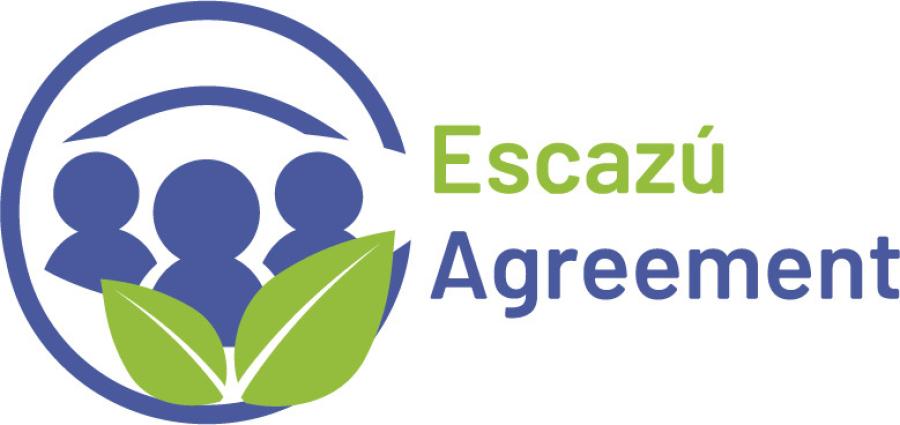
By Madeline McGill
From March 9 to 20, 2015, thousands of women will be meeting in New York City for the Commission on the Status of Women (CSW59) at the United Nations. Representatives of Member States, UN entities, and non-governmental organizations will be gathering to evaluate the progress in the implementation of the Beijing Declaration and Platform for Action, which was originally adopted 20 years ago in 1995.
The Declaration called for ambitious reforms, centered around 12 critical areas of concern such as violence, health, education, and media. It aimed to remove obstacles to women’s participation in all spheres of public and private life and give an equal share in economic, social, cultural, and political decision-making. Ultimately, the declaration sought after a global pledge to attain equality and develop a more peaceful world for women in the process.
These goals were easy to endorse, and are shared by Indigenous and non-Indigenous women around the globe. Unfortunately, as we have found 20 years following its adoption, they are not as simple to implement. Many of the problems that plague Indigenous women have not changed in the last 20 years. Tarcila Rivera Zea, president of the Continental Network for the Indigenous Women of the Americas and founder of Chirpaq (Center for Indigenous Peoples' Cultures of Peru), expressed this concern originally in a statement for Equal Times:
“We are not accepted and we cannot exercise our rights fully,” she said. “Discrimination, aggression, pollution, land grabs… We all suffer from the same forms of violence.”
Grim statistics still surround the well being of Indigenous women, especially in the areas of their sexual safety. To this day, 3 out of 5 American Indian and Alaska Native women (61%) will have been assaulted in their lifetimes. Even more harrowing, 34% will be raped in their lifetimes. It remains difficult for Indigenous women to feel safe even within their own communities, as 59% of assaults against these women occur at or near a private residence.
The Declaration was successful in starting a dialogue on many of these concerns within the international community. The CSW has given Indigenous advocacy groups and NGO’s an additional point of focus in their work for community progress and increased self-determination. However, many would like to see increased success in the Declaration and Plan of Action’s implementation, and plan to express this desire at the upcoming commission.
Cultural Survival is one of these organizations, as we intend to attend and participate in the discussion surrounding the protection of Indigenous women’s human rights, empowerment, and social equality. We believe that one of the solutions for a more equal world for Indigenous women lies in empowerment and self-determination, particularly though the legalization and recognition of communication platforms such as community radio stations.
Other International organizations have also been in preparation. Indigenous women from 23 countries in the Americas (organized by the Continental Network of Indigenous Women of the Americas) met in Lima March 2-4 to prepare common demands to be presented to the UN. The meeting discussed concerns such as continued violence, displacement, exclusion from justice, health and education systems, and homicide. These topics were made even more relevant by a recent UN study published last May revealing the nature of the situation of Indigenous Women in Latin America.
It is the hope of Cultural Survival that the presence of Indigenous NGO’s and advocacy groups as CSW59 will have a tangible impact on the further implementation of the Beijing Declaration. Indigenous women deserve and require greater visibility in public policy concerning their health, empowerment, and education. In regards to issues of cultural identity and human rights, many Indigenous women plan on their concerns being voiced at this week’s conference.



